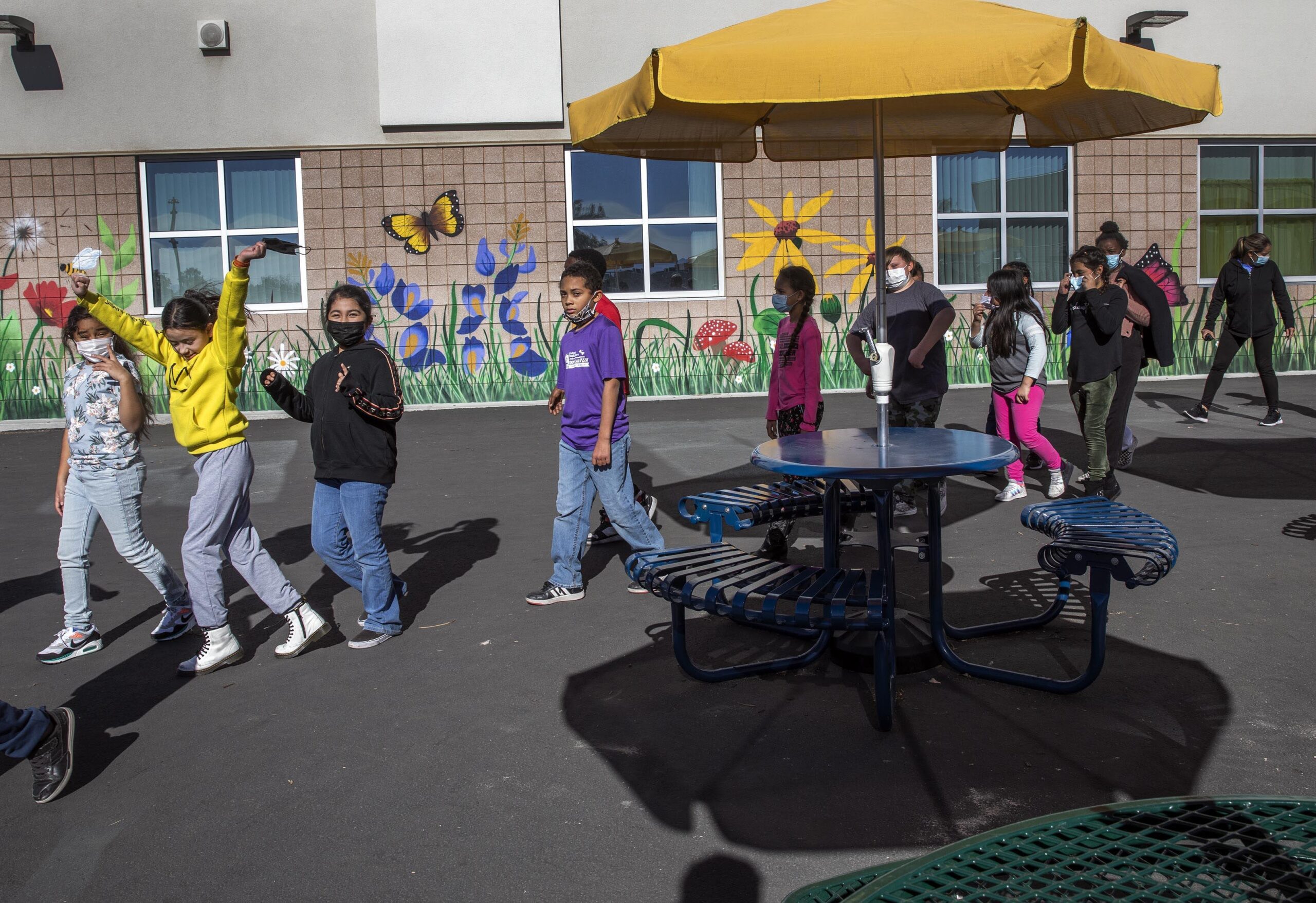Is $2 billion enough for a little bit of educational choice?

The Clark County Education Association described Gov. Joe Lombardo’s proposed $2 billion investment in public schools as “unprecedented.”
The Nevada State Education Association, on the other hand, was seemingly less impressed.
Despite Lombardo’s proposal to pour billions of dollars in additional funding toward public education, the NSEA took to Twitter to lament the new governor’s lack of “bold proposals” and, more specifically, to attack his tangential plan to increase funding for the state’s Opportunity Scholarship program.
“[Lombardo] dusted off a failed voucher scheme that does nothing to improve the quality of education in Nevada,” the group tweeted. “Transferring public tax dollars to private schools is the wrong answer.”
Evidently, even with $2 billion in new funding on its way to public schools, the NSEA couldn’t bear the thought of any public money being used to offer low-income students a financial lifeline for accessing non-public alternatives.
The state’s Opportunity Scholarship program is funded by tax credits given to businesses that donate to approved scholarship organizations — organizations that then award scholarships to low-income students so they can afford private school tuition. Gov. Lombardo wants to see the program’s budget grow to $50 million — which would be a substantial increase, considering it currently offers less than $7 million in scholarships per year. On Friday, he also discussed the possibility of raising the income requirement for scholarship recipients to include some middle-income families.
As large as that increase might seem on the surface, however, it’s a drop in the bucket compared to the “unprecedented” investment he has pledged for public education — not to mention that it hardly scratches the surface of sweeping “universal” choice programs being promoted by choice advocates elsewhere. He has, for example, stopped well short of calling for funding Education Savings Accounts — which has long been the “gold standard” policy among proponents — and his investment in public education is likely greater than many in his own party would prefer.
Despite this, however, the NSEA apparently believes any attempt to increase educational choice is a fundamental threat to public education — and they’re likely not alone. Since its creation in 2015, Nevada’s Opportunity Scholarship program has faced steady opposition from Democrats who argue such programs could hurt public-school funding.
Because education funding is partially determined by student enrollment, those fears — even if they might be overblown — are not entirely unfounded. Fewer children sitting in a traditional public-school classroom, after all, will have some impact on a school’s overall bottom line.
However, $50 million in scholarships wouldn’t be enough to spark a budget-crushing exodus from the public school system. Following a one-time increase from the Legislature in 2017, for example, the program distributed more than $12.5 million in scholarships — helping just 2,308 students afford a private school alternative. A couple thousand students leaving the district is hardly a crisis for a public education system with nearly 500,000 students in attendance.
And even if the program’s numbers were to climb dramatically, the point of our state’s educational policy shouldn’t be to treat children as funding mechanisms for some government agency — keeping them trapped in a local school district simply for budgetary reasons. Certainly, there are ways to mitigate any financial concerns raised by slightly fewer students sitting in public school classrooms while simultaneously expanding access to educational alternatives for those who can’t afford such alternatives on their own.
It would seem like a $2 billion investment of additional public education funding might just help achieve such an “all of the above” approach. Surely, such an unprecedented investment is more than enough to allow a few thousand more low-income students access non-district classrooms, right?
Clearly, Gov. Lombardo seems to think so — which is why he’s effectively extending a $2 billion olive branch to Democrats and public education advocates in exchange for a relatively mild and narrow expansion of Opportunity Scholarships.
However, his proposal also does something more: It offers a path forward that isn’t rooted in some binary choice between supporting public education or expanding choice to struggling families.
“Traditional public schools are not — and should not — be the only option,” Lombardo said during his state of the state speech. And he’s right. There are, and always have been, policy options that support our public-school system while simultaneously giving families the resources they need to seek out alternatives that might offer them greater educational opportunities.
Of course, the NSEA doesn’t agree — viewing any expansion of choice as some intolerable and existential political threat. However, the NSEA’s reflexive dismissal of Gov. Lombardo’s proposal is unrepresentative of many Americans. More importantly, it’s a policy position that is exceedingly dismissive of the sort of compromises necessary for progress in a divided political environment.
With $2 billion in new education funding being offered, giving a few thousand struggling students the financial means to access private-school options shouldn’t be a big ask, even with a Democratic Legislature — the intransigence of the NSEA notwithstanding.
Michael Schaus is a communications and branding expert based in Las Vegas, Nevada, and founder of Schaus Creative LLC — an agency dedicated to helping organizations, businesses and activists tell their story and motivate change. He has more than a decade of experience in public affairs commentary, having worked as a news director, columnist, political humorist, and most recently as the director of communications for a public policy think tank. Follow him at SchausCreative.com or on Twitter at @schausmichael.
